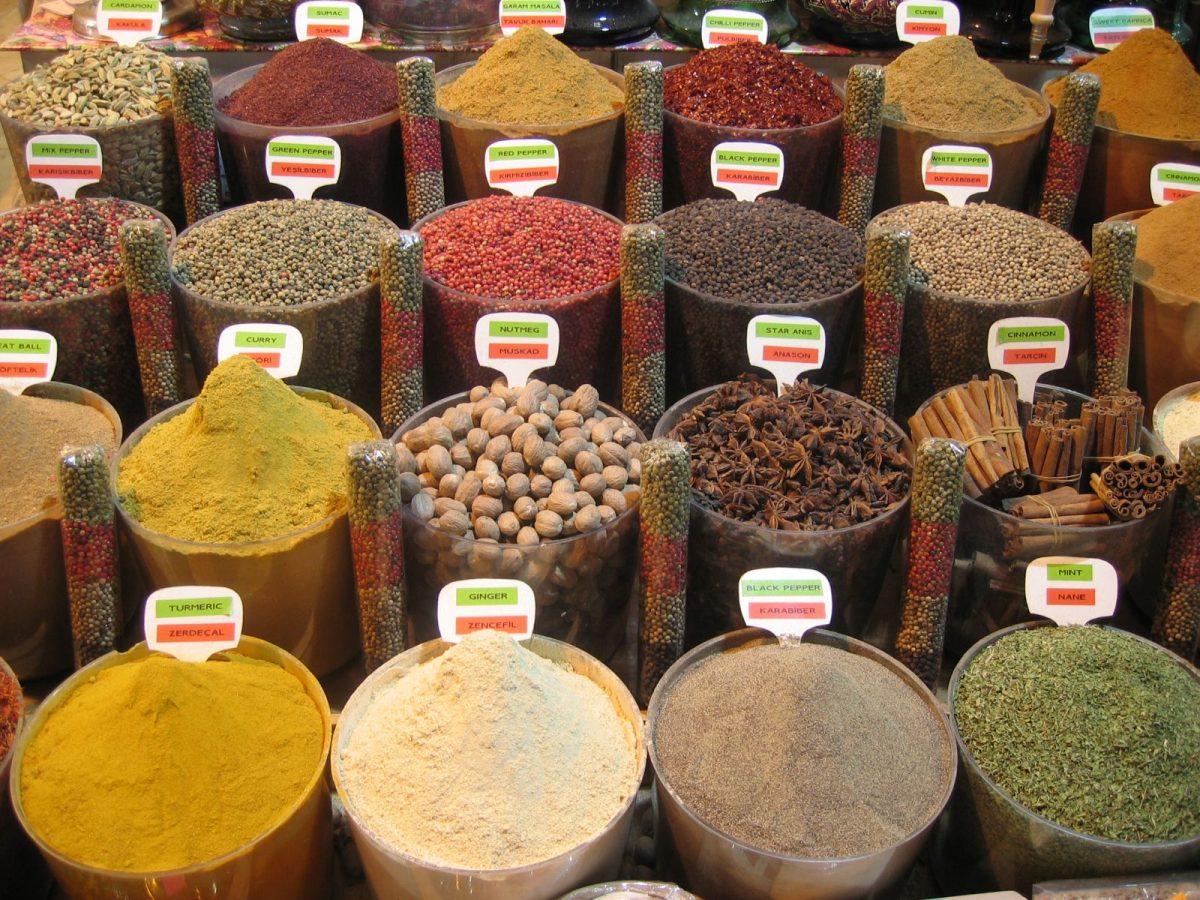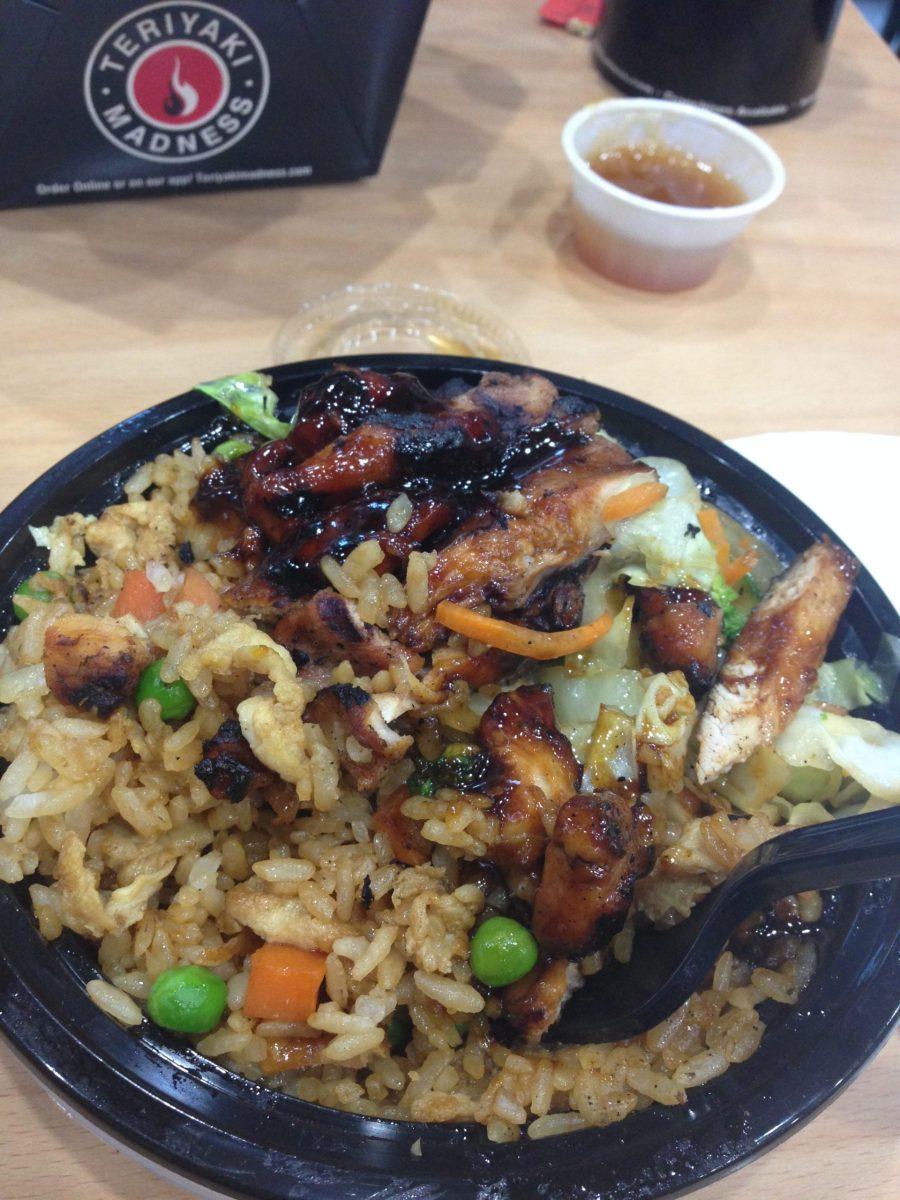A chef from New York City told me to always remember and abide by this ideology, “Prep your ingredients early on, ensure your workstation is cleaned and easy to navigate, and most importantly be prepared in mind and body.” Cooking is more than having the freshest of vegetables or the tastiest butchered meats. Good cooking involves the techniques, tools, and flavors that elevate the dishes you choose to prepare.
Yet, it’s intimidating to look at a spice rack in your local supermarket and stare at the hundreds of different spices from Caraway Seeds to Fennel to Allspice and more. Most beginning home cooks either buy spices they recognize or the standard salt and pepper combination. Why would you use any other flavors anyway? Ingredients make the dish, right?
In a way, the ingredients are the “essential” part of the recipe, but the spices are also equally important. Flavors in your favorite dishes are shaped by the spices you choose to add in. A bit of heat here from cayenne pepper or maybe a tad more sweetness there from brown sugar, and now each dish is different and unique from the next person’s attempt to create.
Of course those with money to burn could buy a hundred spices and be prepared for absolutely any dish, but there is a better process to building your own personal spice rack. Start small, with everyday flavors, then practice new recipes that call for one or two additional spices that you may have never tasted before. After a while, you will find yourself with 30 or 40 spices and the experience to use them to make any dish more appetizing.
However before we go too far, let’s look at 10 unique spices that could elevate the flavors of your dishes and should always be at hand for either that extra kick or rounding out the flavors.
1. Paprika – A soft yet savory flavor that goes well with a wide variety of ingredients. Although you see this dish commonly in Barbeque recipes, it works well in chili, potato salads, and soups. Paprika comes in different forms from sweet to spicy and pungent to aromatic. It is also inexpensive and should be on hand for your next steak night or stews.
2. Bay Leaves – A standard and indispensable ingredient in stews, soups, and any type of dishes that will cook for lengthy periods of time. The herbal flavor adds a fragrance and taste that whets the appetite each time it is used. One or two leaves in a gallon pot will help round the flavors together and envelop the ingredients with aromatic flavors.
3. Nutmeg – In the words of Alton Brown, paraphrasing of course, “Always carry a nutmeg in your pocket” when cooking. Nutmeg is simply the spice of choice for vegetables, desserts, and different beverages, alcoholic or not. Its nutty and earthy flavor is a joy to have in the any dessert or a warm cup of hot chocolate.
4. Parsley – Although my preference is fresh parsley, the dried and minced version provides a lot more ease to chefs while cooking. It is the jack of all trades in cooking. Its fresh and peppery taste compliments any and all dishes as a seasoning or a garnish. If parsley ends up being one of your favorites, also try chives, dill, oregano, and basil as they all incorporate a fresh taste with differing flavors.
5. Cayenne Pepper – The standard for cooks who love to add heat to their dishes both mild and strong. Pairing well with other hot spices such as chili powder, its usage in meats to seafood definitely cannot be beat. Although it usually has a sharp, hot taste when used on roasted or dry dishes, it has a nice warming sensation in stews and risottos that brings out lighter flavors.
6. Turmeric – The peppery and bitter aroma is a culinary staple in vegetarian, stews, and seafood dishes. Its usage next to lemon and lime improves fish dishes and vegetarian dishes in a way that traditional pepper cannot do. Although more commonly known as an ingredient in curry, the versatility it has in stews and with other spices makes it a must have in the kitchen to round any dish out.
7. Cumin – From South American to North African to the Middle East and to China, cumin is considered the second most popular spice in the world after black pepper. Its usage in almost all dishes is similar to how cooks usually add salt and pepper for flavoring. Cumin is simply a staple with a bitter and warm taste that all dishes should possess.
8. Rosemary – The savory flavors and aroma are a staple in Mediterranean cuisine. It is common to see rosemary in homemade tomato sauces or in Greek and French cuisine. Rosemary really shines as soon as heat comes in contact with this wonderful homely ingredient. Try it in homemade pizza or in your next spaghetti to really have an authentic European taste.
9. Cinnamon Sugar, Pumpkin Spice, or Brown Sugar – The sweetness of sugar and spice can really put a twist on an old dish or help mellow out sharp flavors and bring out a more relaxed taste. Add some brown sugar to a dry rub and your mouth will water from the heat and sweetness of the flavors or put a tablespoon of Pumpkin Spice in a stew to recreate the taste of autumn in your kitchen.
10. Saffron – “The World’s Most Expensive Spice.” It is one of the main ingredients in Paella and cooks take extra caution when using it. Just a little saffron will change the flavors of an entire dish and its complex flavors will take you on a ride for your life. Definitely a must have in your kitchen for when you need to elevate your vegetable or side dishes for special events.
A bit much this week, but take things slow and buy two or three spices at a time from your local supermarket or spice shop. If you’re feeling adventurous and want to try more, visit Spice and Tease in New York City’s grand central station for fresh teas and spices as well as flavored sugars and more. The prices are more affordable than your standard supermarket and the workers are very knowledgeable on all types of spices for whatever needs you have.
Next week, we will look at the top ten kitchen tools and/or appliances you should have in your kitchen. And remember, have fun engineering those recipes in the kitchen and always enjoy good eats!
by Romer Jed Medina

































